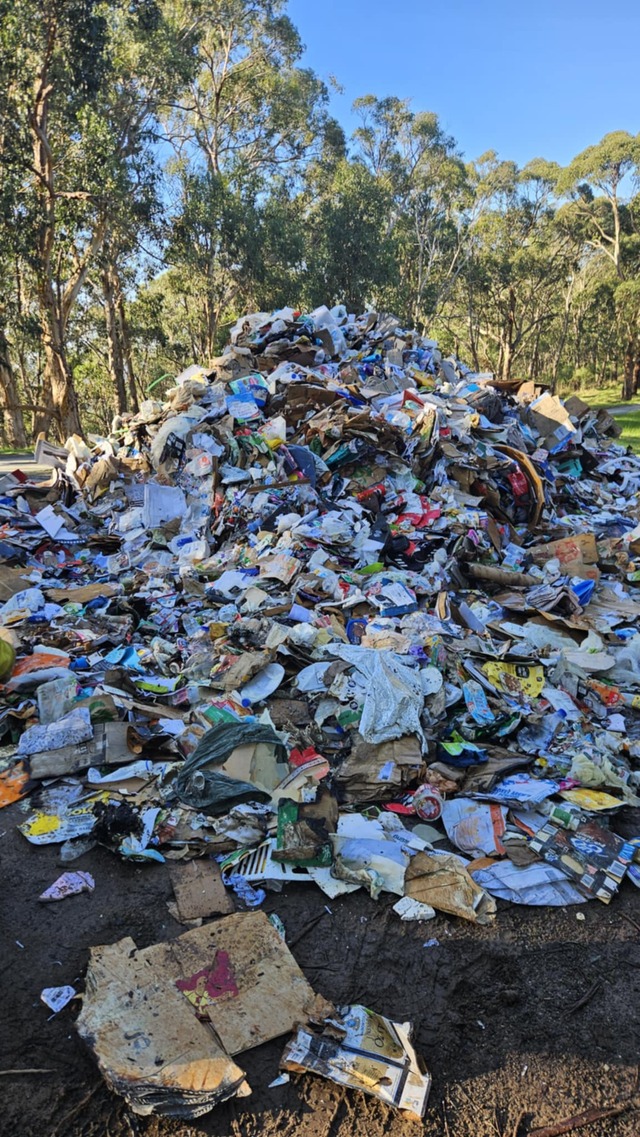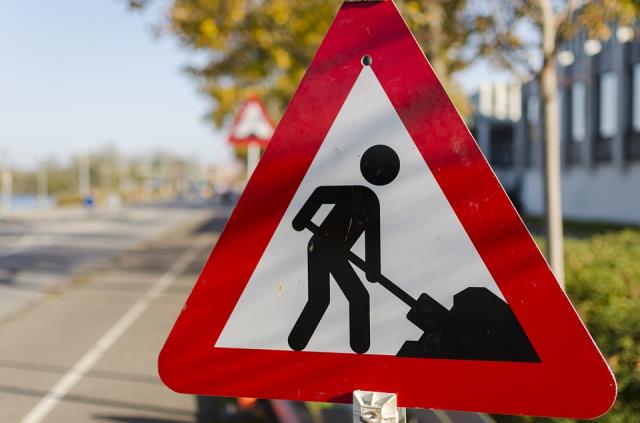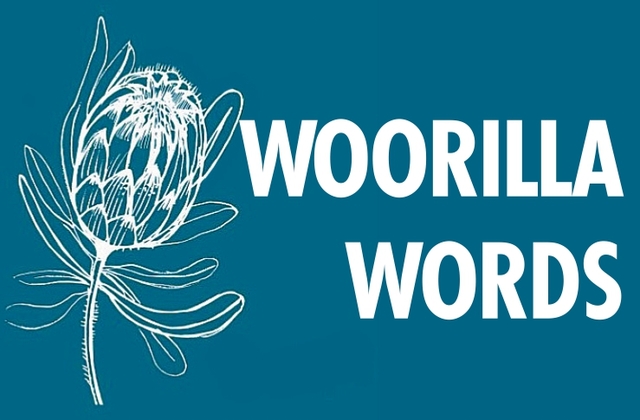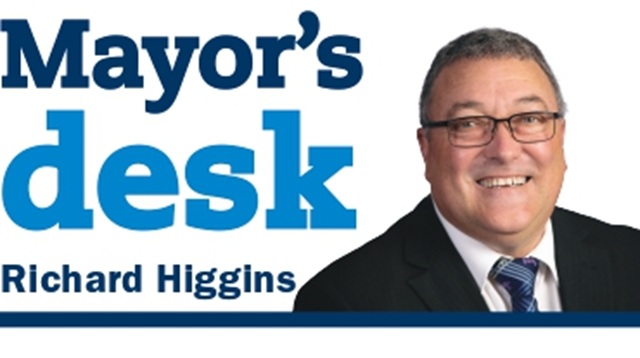By Kath Gannaway
A BUXTON map-maker says local knowledge, experience and job opportunities in fire-affected townships are being ignored by city-centric government departments.
Robin Rishworth spoke out last week after DSE’s mapping arm, Spatial Information Infrastructure (SII) put out a map of Marysville that Mr Rishworth says is riddled with errors and inaccuracies.
DSE says however that SII data is constantly being updated and improved but is dependent on feedback from state and local government agencies, and the public to update maps.
A spokesman for DSE said over the last three years DSE had committed an additional $1m in funding and resources resulting in almost a million edits to their mapping data.
The map and information on Marysville State Forest was issued in January this year and is part of the DSE’s Forests Notes series which provides information for visitors, particularly walkers, on the state’s forest regions.
Mr Rishworth said the Marysville map was the last straw for him after several years of advising DSE and Parks Victoria of errors in direction, walking times, signage, road status and other details on maps produced in Melbourne without adequate, or any, on-site ground work.
Mr Rishworth has made more than 25 notations on the map identifying what he says are incorrect track alignments, points of interest omitted, incorrectly placed infrastructure, creeks not labelled, streets incorrectly named or not included, streets wrongly identified as gravel when they are sealed, and others inaccuracies. He said signs that don’t match park notes and confusing distance and walking time information are also consistently incorrect.
In a submission to the Bushfire Royal Commission Mr Rishworth said that over the 26 days the Murrindindi fires were burning he sold more than 6000 of his maps of the area.
He said as a map-maker who produces bushwalking and four-wheel drive maps from the outskirts of Melbourne to the outskirts of Canberra, he prides himself on personally checking every track and detail on his maps.
“It is appalling that the government doesn’t demand the same level of accuracy and detail when they are spending taxpayers’ money,” he said.
Mr Rishworth said he made DSE and the mapping company aware of the problems over the years and had provided information in the past to correct misinformation.
In a letter to the Director of DSE in February, Mr. Rishworth warned that people were in danger of getting lost, or at least confused, by the recently released Cathedral Range map.
“I would be embarrassed to put a map out titled “Cathedral Range” and show the main access road as a gravel road when it has been sealed for over 30 years,” he said before listing a number of anomalies.
DSE however says it is doing its best.
“SII does not field check every topographic map produced,” the DSE spokesman told the Mail, adding they used information provided by government agencies as well as local knowledge from members of the public to update the maps.
He said SII had invested in the development of an online Notification and Editing Service which allowed participating organisations and individuals to raise errors or omissions and for them to be corrected quickly.
“Current participants in NES include local councils, emergency services organisations, utilities organisations, State Government departments and private sector companies,” he said.
Mapping a problem
Digital Editions
-

Yarra Ranges residents reminded to not put batteries in bins
An important notice reminding Yarra Ranges residents to not put batteries and other hazardous items in their bins went out on 17 December. On Monday…





